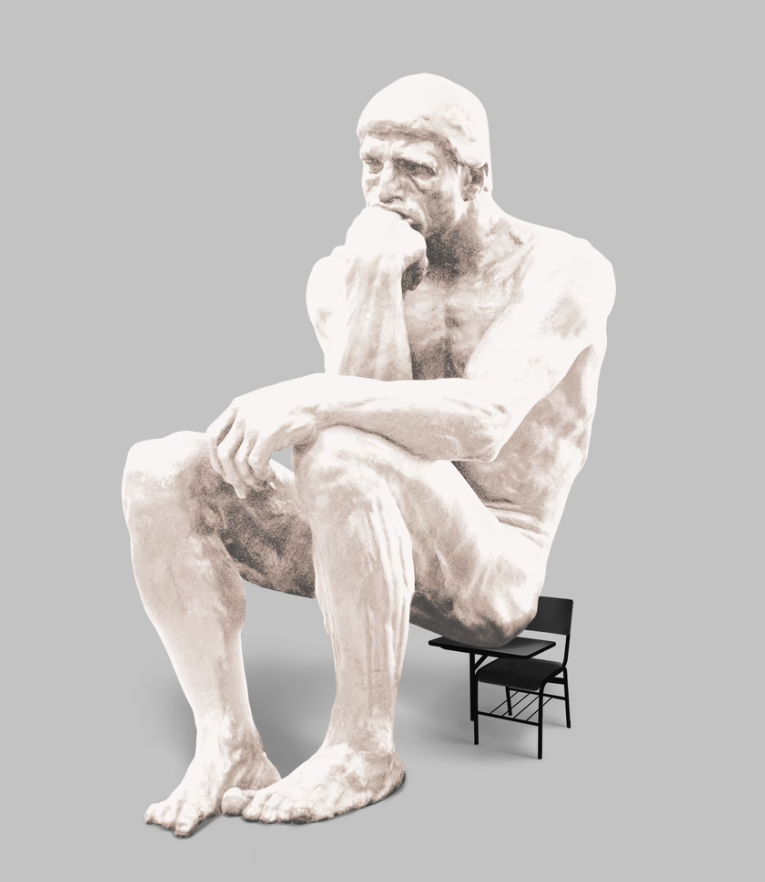Welcome to DU!
The truly grassroots left-of-center political community where regular people, not algorithms, drive the discussions and set the standards.
Join the community:
Create a free account
Support DU (and get rid of ads!):
Become a Star Member
Latest Breaking News
General Discussion
The DU Lounge
All Forums
Issue Forums
Culture Forums
Alliance Forums
Region Forums
Support Forums
Help & Search
General Discussion
Related: Editorials & Other Articles, Issue Forums, Alliance Forums, Region ForumsRobin DiAngelo and the Problem With Anti-racist Self-Help
What two new books reveal about the white progressive pursuit of racial virtuehttps://www.theatlantic.com/magazine/archive/2021/09/martin-learning-in-public-diangelo-nice-racism/619497/

Last march, just before we knew the pandemic had arrived, my husband and I enrolled our son in a progressive private school in Pasadena, California. He was 14 and, except for a year abroad, had been attending public schools his whole life. Private was my idea, the gentle kind of hippie school I’d sometimes wished I could attend during my ragtag childhood in Boston-area public schools amid the desegregation turmoil of the 1970s and ’80s. I wanted smaller class sizes, a more nurturing environment for my artsy, bookish child. I did notice that—despite having diversity in its mission statement—the school was extremely white. My son noticed too. As he gushed about the school after his visit, he mentioned that he hadn’t seen a single other kid of African descent. He brushed it off. It didn’t matter. I did worry that we might be making a mistake. But I figured we could make up for the lack; after all, not a day went by in our household that we didn’t discuss race, joke about race, fume about race. My child knew he was Black and he knew his history and … he’d be fine.
Weeks after we sent in our tuition deposit, the pandemic hit, followed by the summer of George Floyd. The school where my son was headed was no exception to the grand awakening of white America that followed, the confrontation with the absurd lie of post-racial America. The head of school scrambled to address an anonymous forum on Instagram recounting “experiences with the racism dominating our school,” as what one administrator called its racial reckoning began. Over the summer, my son was assigned Ibram X. Kendi and Jason Reynolds’s Stamped: Racism, Antiracism, and You and Angie Thomas’s The Hate U Give. When the fall semester began, no ordinary clubs like chess and debate awaited; my son’s sole opportunity to get to know other students was in affinity groups. That meant Zooming with the catchall category of BIPOC students on Fridays to talk about their racial trauma in the majority-white school he hadn’t yet set foot inside. (BIPOC, or “Black, Indigenous, and people of colour,” was unfamiliar to my son; in his public school, he had described his peers by specific ethnic backgrounds—Korean, Iranian, Jewish, Mexican, Black.)
He made us laugh with stories about the school at the dinner table. His irony and awareness were intact. But his isolation in the new school, under quarantine, was acute; he missed his friends, who were all going to the local public high school, albeit on Zoom. How could he meet kids who shared his interests in graphic novels, film, debate, comedy, politics? I expressed my concern and was told that our son would surely soon make some friends through that weekly BIPOC affinity group. This year of racial reckoning, one school official said, was about healing. At every meeting I attended, I kept bringing up the importance of recruiting more Black families. Administrators, almost all of them white, kept emphasizing the need for more outside DEI (diversity, equity, and inclusion) specialists to heal the school’s racial trauma.
I thought of our experience at the school recently as I read Courtney E. Martin’s memoir about trying to live a “White moral life.” In Learning in Public: Lessons for a Racially Divided America From My Daughter’s School she shares her experience of deciding to send her kindergartner to the majority-Black and academically “failing” neighbourhood public school she’s zoned for in Oakland, California. Martin is a writer on social-justice issues who is in demand on the college-lecture circuit. In spirit, her book is an extension of her popular Substack newsletter, called The Examined Family, written “for people who get all twisted up inside about the brokenness of the world, and wonder how to actually live in it, loving and humble, but brave as hell.” In other words, her memoir is aimed at fellow upper-middle-class white progressives eager to confront their “white fragility,” the phrase coined a decade ago by the white educator Robin DiAngelo, whose 2018 book by that title (subtitled Why It’s So Hard for White People to Talk About Racism) is the bible of many of those DEI specialists I kept hearing about.
snip
InfoView thread info, including edit history
TrashPut this thread in your Trash Can (My DU » Trash Can)
BookmarkAdd this thread to your Bookmarks (My DU » Bookmarks)
0 replies, 544 views
ShareGet links to this post and/or share on social media
AlertAlert this post for a rule violation
PowersThere are no powers you can use on this post
EditCannot edit other people's posts
ReplyReply to this post
EditCannot edit other people's posts
Rec (1)
ReplyReply to this post